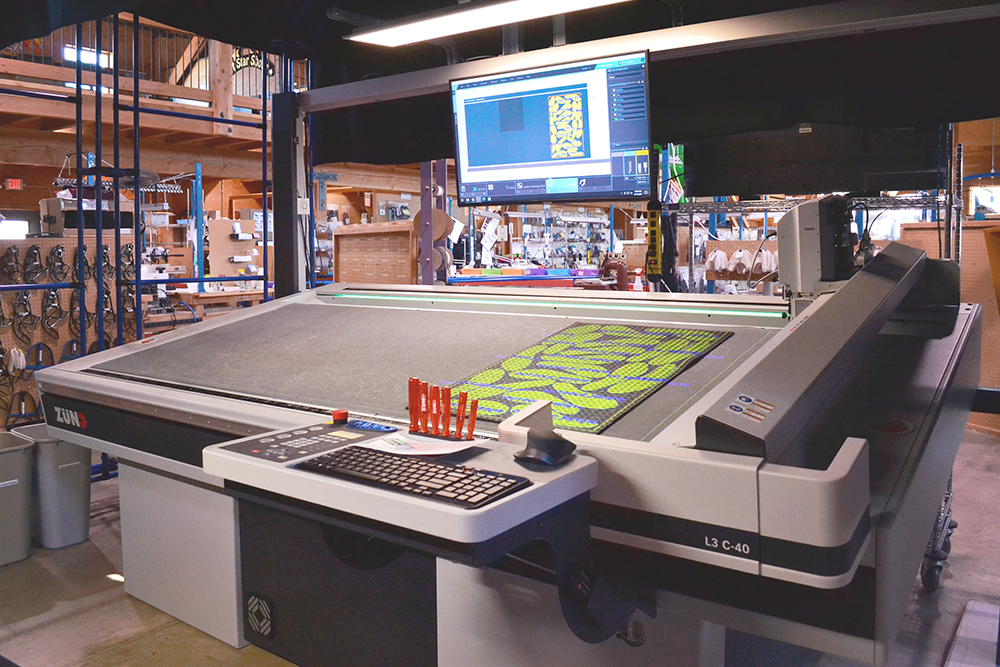“Hundreds of shoes are now made on demand and sold directly to consumers worldwide.”
Softstar
Softstar was founded in 1985 and handcrafts minimalist footwear at a workshop in Oregon, USA. Although Softstar originally made only children’s shoes, they now manufacture a complete product line for adults, including casual, dress and athletic shoes. As the company has grown over the past four decades, so has its shoemaking techniques and demand from customers. Hundreds of shoes are now made on demand and sold directly to consumers worldwide.
Challenge
Traditionally, Softstar primarily used leather to make shoes. To stay competitive in recent years, the company’s designers began exploring the benefits of other materials with more durable and damage resistant properties. Unfortunately, some of these materials could not be cut with the leather dies Softstar used for their shoemaking patterns.
In addition, the use of leather dies comes with its own limitations. Alterations to a shoe’s pattern become very difficult when they require a new set of dies to be cast in every available shoe size. Creating new metal dies is not only expensive and time consuming, but also requires more storage space, which was quickly filling up in the workshop.
Solution
The Mind automatic cut system offered a way to cut a variety of materials without the need for metal dies.
Results
The Mind system resolved multiple problems at once. New, more durable materials can now be cut quickly and easily, eliminating the need for metal dies altogether. Existing leather shoe styles can also be cut with the Mind system using digital patterns that can be altered on demand, as needed. Doing so saves time, die-making expenses and storage space. An unexpected benefit was the optimization of material utilization. The Mind system automatically selects the most efficient way to utilize all available space on material that is to be cut, which significantly reduces material waste.
Summary
Mind enabled Softstar to stay competitive in a growing market by reducing labor and material expenses, providing easy adjustments to existing designs and allowing the introduction of new products to fulfill customer demands.










